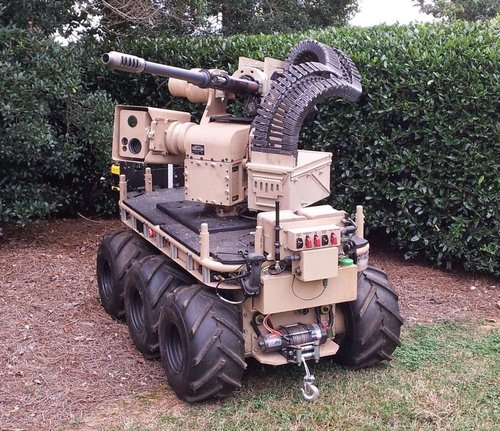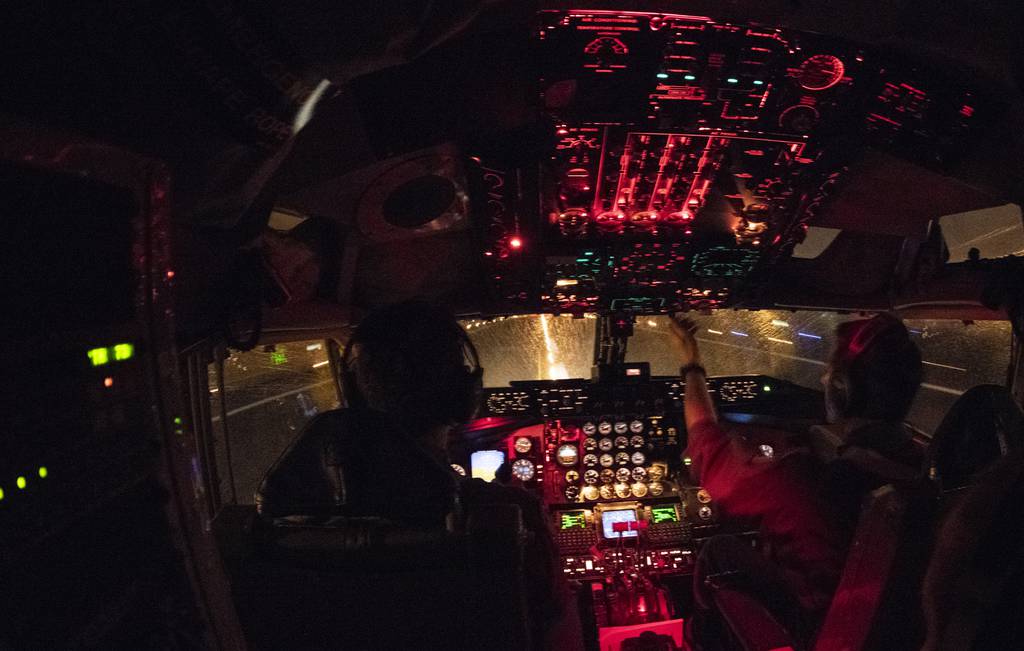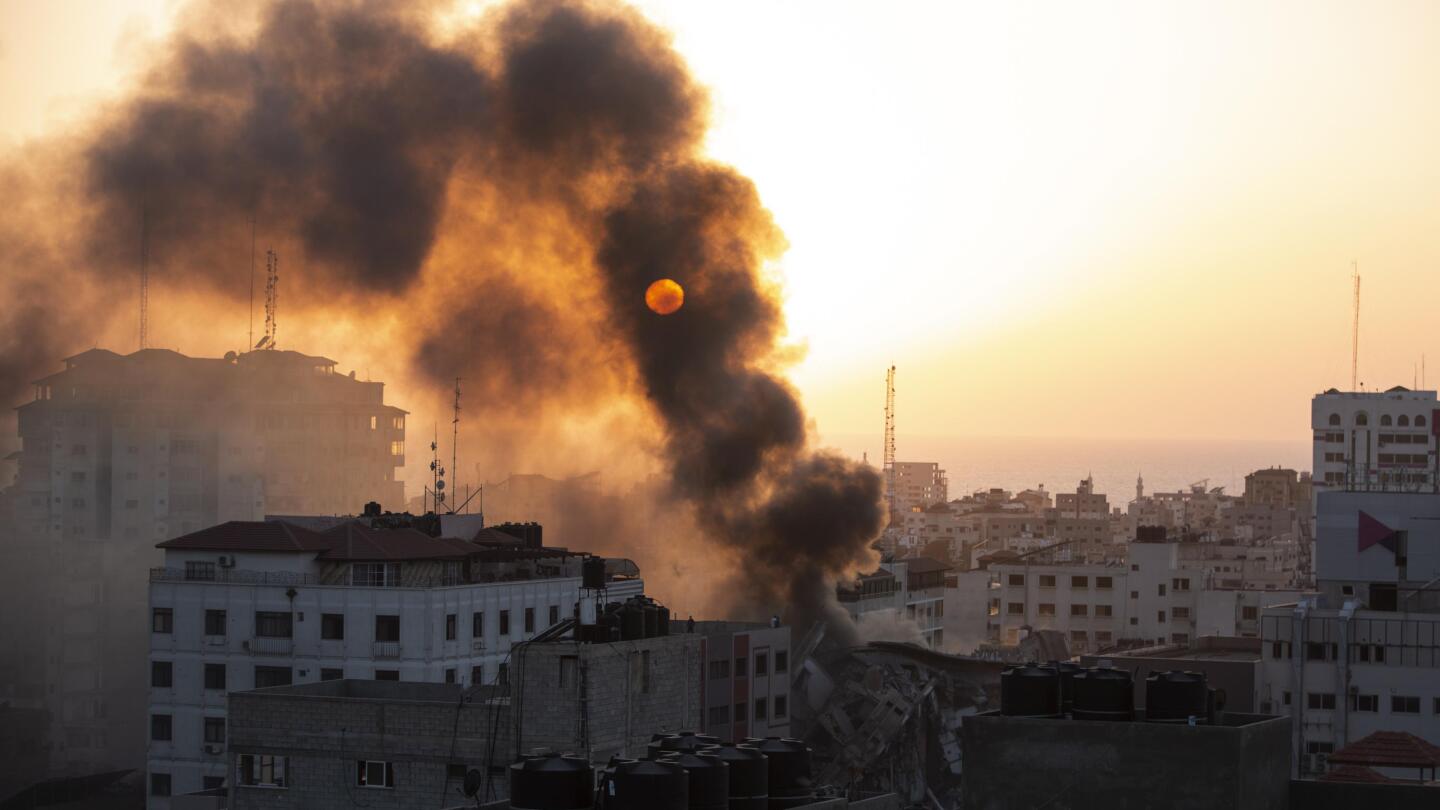I was under the impression that PRC mobile batteries were already accompanied by SHORAD elements?
Given how expensive and fragile is effective C-RAM against modern munitions and that launcher vehicles (plus their munitions) can be significantly cheaper, I'd think there'd never be enough of the former and much of the latter would count on passive defense for the most part. Some losses would just be the standard cost of war.
After all, no matter how much you stack ground air defenses, air power can mass and strike at the weakly defended part and get favorable trades.
I can't see how A2A delivered weaponry beyond aerial cannon (where some of the advances in medium caliber stuff could go)
or dropping cluster munitions on swarms would ever be a cost effective solution.
It depends on the size of the swarm vehicles being talked about here:
If we are talking swarms of Loyal Wingman or Harpy drones, some cheap missiles can still be economic, the price of barebones missiles go down with the same enabling tech of drone swarms, with the advantage of not needing anywhere nearly as much propulsion (air launched means launcher energy) or payload (don't need warhead capable of damaging hardened/armored land targets).
If we are talking about swarms of "backpack drones", even autocannons shells can be considered expensive and DEW would have to go or some kind of sub-scale drone with small guns. The lack of range+payload of such small aircraft means it would be basically "short range knife fight vehicles" that can not reach launcher vehicles in a world of 100km ranged artillery and 200km rockets and 500km tactical missiles. It would be a problem for front line forces, which likely have no defense outside of low cost (a front kept by cheap UAV/UGV/sensors) or dense anti-munition fires.
I tend to think you'll see ISR degraded rather than denied which shifts the high speed penetration munitions to buses
carrying some of the higher-end VLO loitering type munitions a la. Vintage Racer.
Vintage Racer is nice against ballistic weapons launchers that attempts to shoot and scoot. Still, I'd think decoys and other anti-sensor methods would be a more important and cost effective measure than kinetic kill, though the latter is a good to have when available. For low signature non-ballistic launches, I'm not sure how you are suppose to get coordinates.
Do note that weapons with insufficient range to stay out of targeting range of the opponent is a short lived one, and ranges would increased if that is what is needed to survive and be effective. Ranges will increase until the kill chain stops being reliable.
I guess this whole tangent could be construed as off-topic, but the whole point of the Century Series is to de-emphasize the individual fighter and focus more on the system of systems. Given that the main US adversary is the PRC and they have a huge arsenal of ASBM, I would think that one of the US' next fighter program would focus on hunting them.
If skyborg/loyal wingman don't fail, I can see F-35 with its internal bay filled with fuel while drones carry the munitions while F-35 brings the sensors. The F-35 would also get mid life upgrades for autonomous flight, so the "crew" no longer have to fly the airplane enabling ever longer sorties. (wonder who will be the first person to sleep though a carrier landing...)




